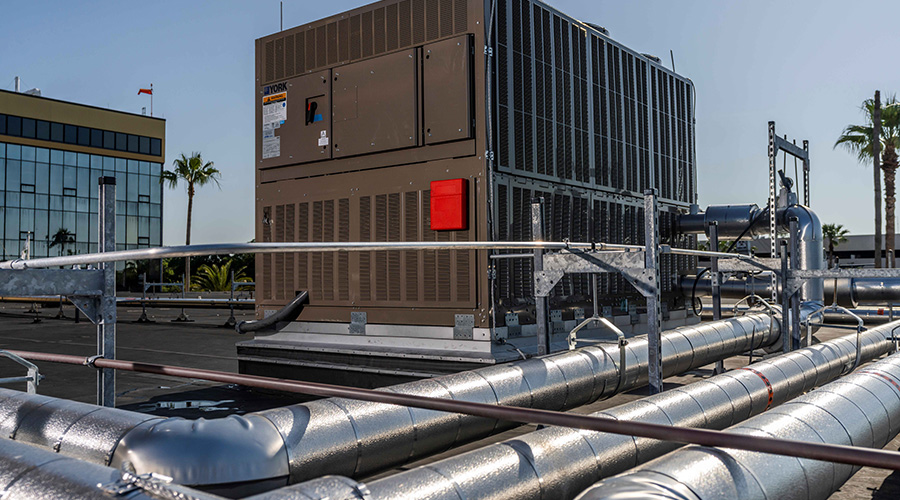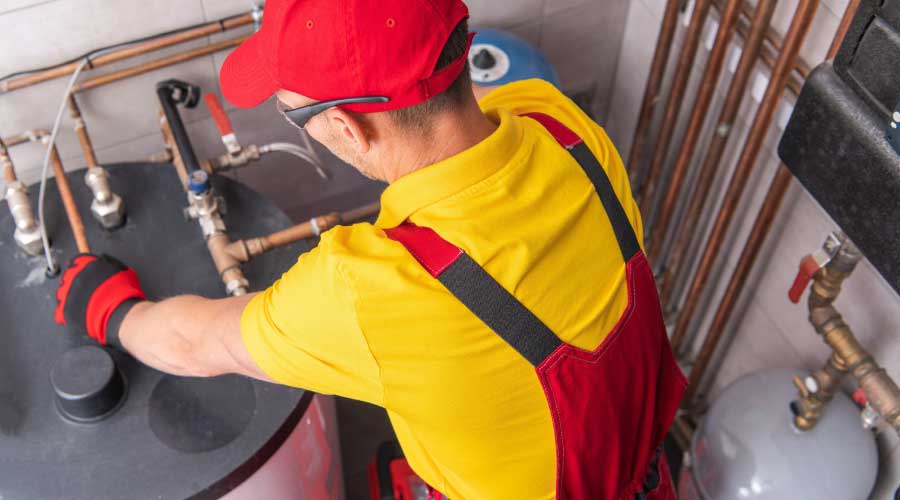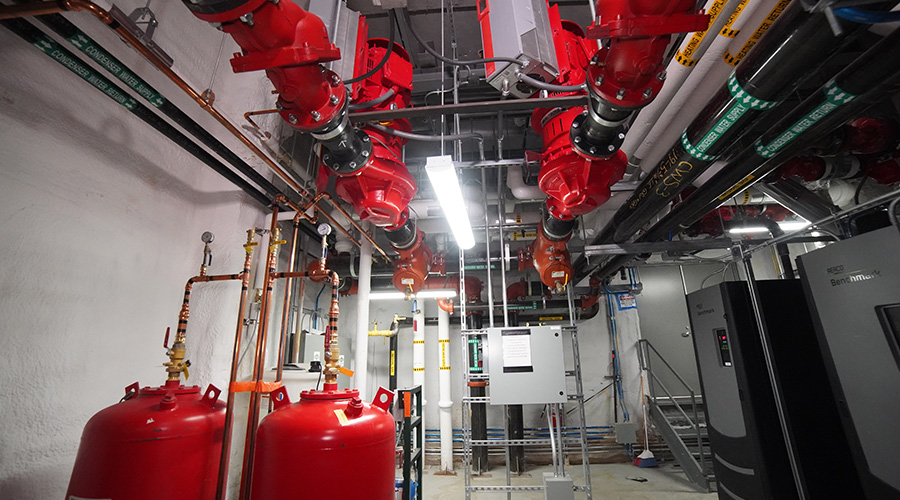Fans, Centrifugal Chillers Common VFD Applications
Manufacturers have designed VFDs for use with single- and three-phase induction motors. Three applications provide the greatest benefits: those that require or can benefit from variable-speed operation, those requiring precise speed control, and those requiring coordinated operation of multiple motors, such as on a bank of pumps operating in parallel.
In HVAC systems, one cost-effective applications of VFDs involves centrifugal chillers. These units typically operate at full-load capacity for less than 1 percent of annual operating hours. This capacity decreases during the remaining operating hours by partially closing inlet vanes to the compressor.
This mode of control effectively reduces chiller capacity, but it only slightly reduces energy requirements. In contrast, a VFD reduces energy requirements dramatically.
Fan systems also are common applications for VFDs. Typical variable-volume systems use dampers and inlet vanes to match a fan’s output to the building load. While these controls reduce fan energy use, a VFD more accurately matches fan airflow to the building load, while producing even greater energy savings.
Finally, pumps also benefit from VFDs. Most pumps are constant-flow systems, regardless of the load. System flows match the building loads through some form of mechanical throttling, such as bypass or control valves installed at individual devices. As a result, the pumping system’s energy requirements remain relatively constant, regardless of the load.
VFDs can match the system’s flow to the load requirements, reducing energy use and the stress on the pumps. Typical pumping systems that can benefit from the use of VFDs include hydronic heating and air conditioning, chiller-condenser water, central domestic hot water, and domestic water-pressure boosters.
Related Topics:














